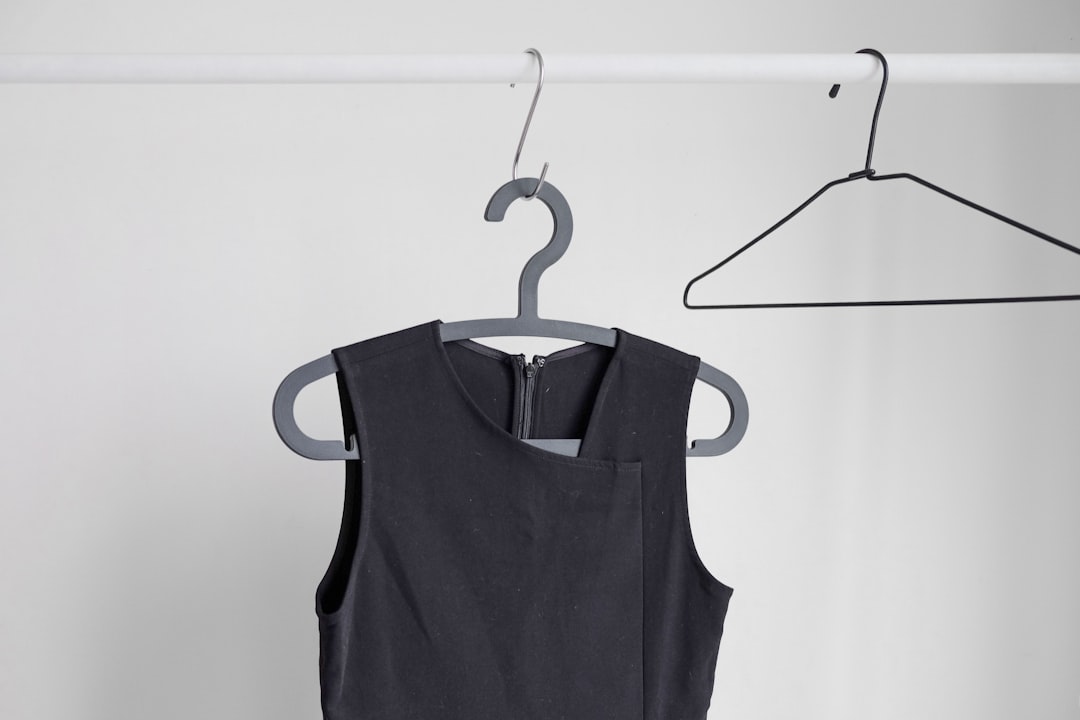What is it about?
Three-dimensional building models are often now produced from lidar and photogrammetric data. The quality control of these models is a relevant issue both from the scientific and practical points of view. This work presents a method for the quality control of such models.
Featured Image
Why is it important?
The input model (3D building data) is co-registered to the verification data using a 3D surface matching method. The 3D surface matching evaluates the Euclidean distances between the verification and input data-sets. The Euclidean distances give appropriate metrics for the 3D model quality. This metric is independent of the method of data capture. The proposed method can favourably address the reference system accuracy, positional accuracy and completeness.
Perspectives
Experiments have been carried out on three test sites in Great Britain. The results of this work provide measures of how well an entire building model matches reality and thus helps to identify where it differs. This method, in combination with lidar point clouds as verification data, allows frequent and effortless quality control of 3D building models. This also allows the identification of areas of 3D models requiring update, in order to create high quality and complete 3D city models. This work focuses on the quality control of 3D building data; however, the same procedure can be used for building change detection.
Dr Devrim AKCA
Isik University
Read the Original
This page is a summary of: Quality assessment of 3D building data, The Photogrammetric Record, December 2010, Wiley,
DOI: 10.1111/j.1477-9730.2010.00598.x.
You can read the full text:
Resources
Contributors
The following have contributed to this page










